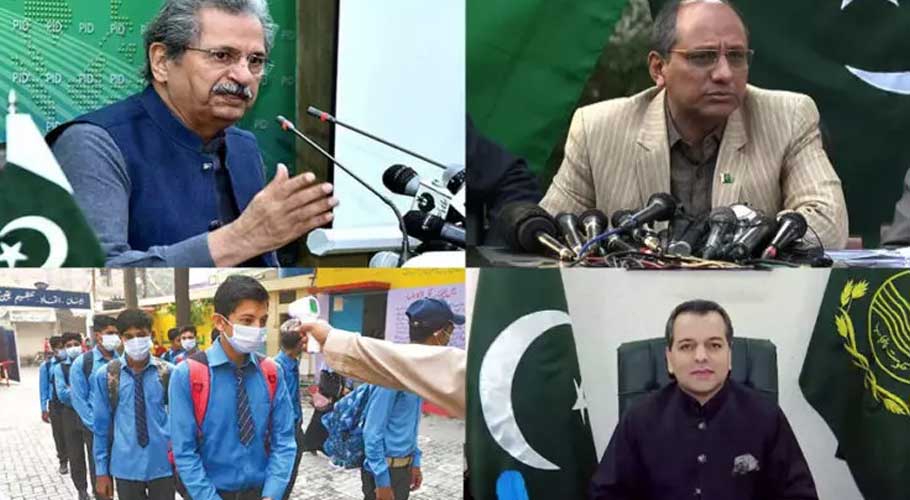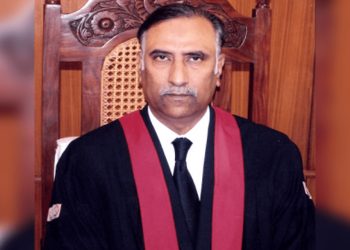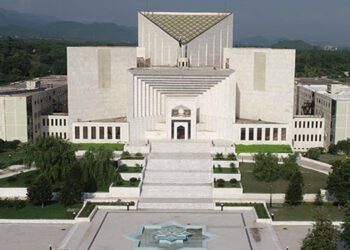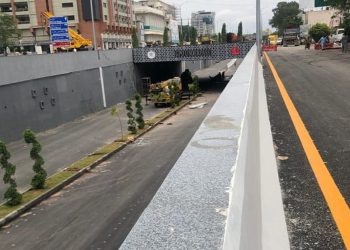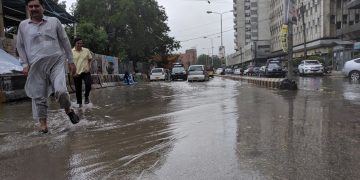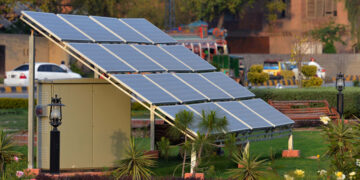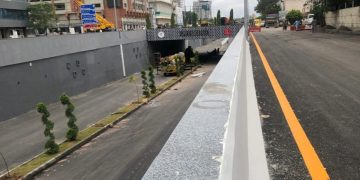Federal Minister for Education and Professional Training Shafqat Mahmood has announced the closure of educational institutes in areas with a high incidence of COVID-19 till April 11.
Since the number of cases in Sindh, Balochistan, and Gilgit-Baltistan is relatively low, he left it to the provincial governments to decide whether schools should be closed in their jurisdictions.
Ever since the start of the COVID-19 pandemic, students have been in a conundrum. Between regulating their academic careers and avoiding risks to their health, the year has been chaotic for them. Let’s take an in-depth review of the long-run impacts of COVID-related school closures on the affected children?
COVID-19 third wave
Pakistan is currently experiencing the third wave of COVID-19 which is being seen as deadlier than the first two waves, as the country’s positivity rate has crossed 8 percent.
Covid-19 cases have drastically risen in recent weeks, with the country reporting more than 3,000 virus cases for the past seven days straight. On Wednesday, 3,301 cases and 30 deaths were reported in the country.
The total number of deaths from coronavirus in Pakistan has reached 13,965 while the total number of affected people has reached 637,042. There had also been a boost in the number of infections reported at educational institutions across the country, with 19% of total coronavirus cases being reported among students.
The school closure
The government has ordered the closure of all school and educational institutes in coronavirus hotspot areas till April 11. Education Minister Shafqat Mahmood after a meeting of provincial and educational ministers at the National Control and Command Centre (NCOC) decided on the closure of schools amid an alarming rise in coronavirus cases.
The minister said the examinations for Class 9 and 12 will be held in the last week of May and June as scheduled. Shortly after today’s meeting ended, the provinces announced the areas where schools will remain closed. Sindh announced that its schools will remain open as usual, with 50 per cent student attendance allowed.
Areas where schools will remain closed:
Punjab: Lahore; Rawalpindi; Gujranwala; Gujrat; Multan; Faisalabad; Sialkot; Sargodha; Sheikhupura. KP: Peshawar; Mardan; Charsadda; Swabi; Kohat; Lower Dir; Malakand; Swat; Nowshera; Buner
Education cannot wait
The COVID-19 pandemic has not only created a global health crisis but has also created a learning crisis across the world for children and adolescents of school going age. Though some of the schools initiated online learning, only a small percentage of students had access to internet and other alternate learning modalities. For most students, the process of learning came to a halt. Many dropped out adding to the already high number of Out of School Children in the province.
COVID-19 has derailed socio-economic progress and pushed many countries further back in their quest to achieve the Sustainable Development Goals, specifically SDG 4 – “Ensure inclusive and equitable quality education and promote lifelong learning opportunities for all”. Unless urgent and innovative measures are taken to help students continue to learn, irreparable damage to the future generations seems inevitable.
Adverse consequences of school closures
Schooling provides essential learning and when schools close, children and youth are deprived opportunities for growth and development. The disadvantages are disproportionate for under-privileged learners who tend to have fewer educational opportunities beyond school.
When schools close, parents are often asked to facilitate the learning of children at home, but they usually struggle to perform this task. This is especially true for parents with limited education and resources. It is a challenge to ensure children and youth return and stay in school when schools reopen after closures. This is especially true of protracted closures and when economic shocks place pressure on children to work and generate income for financially distressed families.







